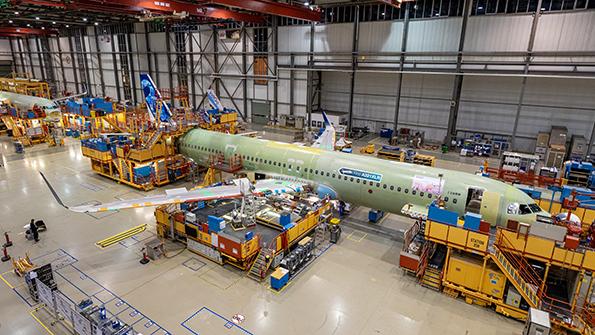
Credit: Stefan Kruijer/Airbus
Civil aircraft manufacturing over the last two decades has been a remarkable example of duopoly: Since Boeing’s merger with McDonnell Douglas in 1997, Airbus and Boeing have dominated the supply of all airliners with more than 125 seats. In the period from 2002 (immediately post-9/11) to the end of...
Subscription Required
This content requires a subscription to one of the Aviation Week Intelligence Network (AWIN) bundles.
Schedule a demo today to find out how you can access this content and similar content related to your area of the global aviation industry.
Already an AWIN subscriber? Login
Did you know? Aviation Week has won top honors multiple times in the Jesse H. Neal National Business Journalism Awards, the business-to-business media equivalent of the Pulitzer Prizes.


